Living and eating life by the cool water, Vietnamese people from generation to generation have formed living habits, customs and practices bearing the mark of the river and the shape of the water. Besides the rich material culture system, there is also a colorful intangible cultural treasure, rhythms and sounds reflecting the spiritual and cultural life of residents along the Red River for thousands of years.
Preserving the legendary traces
Following the flow of the legendary Red River, from Lao Cai we come to ancient lands on the first and second days of the lunar month, when the sky and earth are imbued with spring air, bustling with festival atmosphere.
The starting point of the journey is the Hung Yen Delta. Located on the left bank of the Red River, Hung Yen is the center of the Northern Delta (previously, the French had planted a stone stele marking the center of the Northern Delta in Dung village, Hung Dao commune, Tien Lu district). With a favorable geographical location, flat terrain and fertile alluvium deposited by two large rivers, the Red River and the Luoc River, plus a temperate climate, Hung Yen became a place where people settled early and densely, creating densely populated villages.
Throughout history, generations of ancestors have left thousands of valuable relics on Hung Yen land, which are architectural works of communal houses, temples, pagodas bearing the mark of time. With a dense and valuable relic system, Hung Yen is known as "going out to see relics".
On the journey to the land of "spiritual land and talented people", we were fortunate to have journalist Le Hieu, a reporter for Hung Yen Newspaper, who is a son of this land of culture and also a person who is very knowledgeable about the culture here, show us the way. Mr. Hieu said that along with the rich system of tangible cultural relics, Hung Yen is also a locality with a rich and diverse system of intangible cultural heritage. To date, the province has 7 cultural heritages included in the National List of Intangible Cultural Heritage. One of them is the Da Hoa Festival in Binh Minh Commune, Khoai Chau District - a festival at the temple worshiping Chu Dong Tu, one of the "four immortals" of Vietnam (Saint Chu Dong Tu, along with Phu Dong Thien Vuong, Tan Vien Son Thanh, and Lieu Hanh Tien Chua, are the 4 gods in the "four immortals" of the traditional cultural beliefs of the Vietnamese people).
Following Mr. Hieu's introduction, from Hung Yen city, we went up the Red River to Khoai Chau on the first day of spring. Da Hoa Temple (Binh Minh commune) is located right next to the Red River wharf, so when you open the door, you will see a vast, open space. Every year, the temples hold festivals to express gratitude to their ancestors. At Da Hoa Temple, the festival is held in mid-February, considered a festival to pray for love, luck, and goodness in love.
The Chu Dong Tu - Tien Dung Festival is held from the 10th to the 12th of the second lunar month every year at Da Hoa Temple, Binh Minh Commune and Hoa Da Trach Temple, Pham Hong Thai Commune (Khoai Chau District). In the bustling and exciting festival atmosphere, many activities imbued with national cultural identity such as water procession, worship, Cheo singing, dragon dance, Bong dance... take place. The festival activities not only pass on and spread the legendary story of a beautiful love between poor Chu Dong Tu and Princess Tien Dung, daughter of the 18th Hung King, but also educate the tradition of filial piety, humane sentiments and compassion for future generations. The festival also expresses the people's aspiration to pray for favorable weather and wind for favorable farming, peaceful villages, prosperity and happiness.
Standing on the windy riverbank, Mr. Hoang Hung, Vice Chairman of the People's Committee of Binh Minh Commune (Khoai Chau District) pointed to the middle of the river and said: According to the old people, that is Tu Nhien beach of Da Trach lagoon, where around the 4th - 3rd century BC (around 300 BC, during the reign of Hung Due Vuong), Chu Dong Tu met Tien Dung and then tied the knot. After thousands of years, the river changed its course and encroached, so Tu Nhien beach and the lagoon remained in the middle of the river. The love story between two people in two opposite circumstances but overcoming all the boundaries of rich - poor, class has forever become true love. Especially, after becoming husband and wife, they traveled everywhere together to help the people. Moved by the immortal love, remembering the merits of the talented couple, the villagers built a temple right next to Da Trach lagoon, which is today's Da Hoa temple.
The temples of Saint Chu Dong Tu and Princess Tien Dung are also worshiped by the people in many places in the plains and midlands of the North, mainly in the villages along the Red River. In Khoai Chau, there are also a number of village temples such as: Hoa Da Trach Temple, Pham Hong Thai Commune; Phuong Tru Communal House, Phuong Tru Village, Tu Dan Commune; Ngu Doi Temple in Man Trau Village (now Toan Thang Village, Tu Dan Commune); Quan Xuyen Village Temple, Thanh Cong Commune... Every year, the temples hold festivals to show gratitude to their ancestors.
Sacred Tran Hung Dao
The worship of Saint Tran is an important part of the cultural and spiritual life of the Vietnamese people in general, and of the people living along the Red River in particular. This is a form of folk belief formed through the process of sanctifying and deifying a real historical figure - National Duke, Commander-in-Chief, Hung Dao Dai Vuong Tran Quoc Tuan.
Historical records still show that Tran Quoc Tuan, whose Chinese name is Tran Hung Dao (1228 - 1300), with the title Hung Dao Dai Vuong, was a politician, military man, and a royal member of Dai Viet during the Tran Dynasty. In history, Tran Hung Dao was a hero who contributed to the country. He was talented in leading troops to fight the enemy, keeping the border peaceful with three great victories over the Yuan - Mongol army in 1258, 1285, and 1287. Entering the legend, he is a saint who protects the cause of fighting foreign invaders, protecting the country, and helping the people. He is called Duc Ong Tran Trieu or Duc Thanh Tran, Cuu Thien Vu De.
In the folk consciousness, with his example of loyalty, talent and great contributions to the country, when he passed away, the people honored him as Duc Thanh, built temples everywhere to worship, show gratitude for Duc Thanh Tran's merits and praised him as Duc Thanh "Father". Especially, in the provinces along the Red River where his horse troop's footprints used to go up and down the battlefield, temples were built to worship Hung Dao Dai Vuong and the generals - who went through life and death with him such as: Yet Kieu, Da Tuong, Pham Ngu Lao...
Following the flow of history, we visited Tran Thai Binh Temple - the birthplace of the Tran Dynasty, currently in Tien Duc Commune, Hung Ha District (Thai Binh Province). The temple is located right on the right bank of the Red River. From here, looking across the Red River on the left bank is Tran Nam Dinh Temple. If the Tran Temple complex in Nam Dinh is where the Tran Dynasty's ancestors first settled, then Hung Ha (Thai Binh) is identified as the homeland, the starting point of the Tran family more than 700 years ago. The temple worshiping the Tran Kings on the land of origin of Thai Binh is also called Thai Duong Lang - a large architectural complex, a place to worship the Tran Kings. This is the place where the Tran dynasty originated and built, a place that contains historical marks closely associated with the Tran dynasty, the founding kings of the Tran dynasty were all born here, the Tran family relied on this place to build their career, this place is also the resting place of the ancestors of the Tran dynasty, of Thai To Tran Thua and the first 3 kings of the Tran dynasty (Tran Thai Tong, Tran Thanh Tong and a part of the jade bones of King Buddha Tran Nhan Tong). The Tran Thai Binh temple relic complex includes temples and tombs worshiping kings and mandarins of the Tran dynasty. With important historical and cultural values, the system of historical relics here including the tombs and temples of the Tran dynasty kings have all been ranked as Special National Monuments. The Tran Temple Festival in Thai Binh is recognized as a National Intangible Cultural Heritage with many unique rituals and customs imbued with the culture of the Tran dynasty such as the water procession ceremony, the Tran fish feast competition, folk games, folk songs, folk dances...
From the end of the Red River is Thai Binh, Nam Dinh, going up to the border area of Lao Cai, where a thousand years ago Tran Hung Dao led his army to defeat the Yuan-Mongol invaders, one can see the temple worshiping Duc Thanh Tran and the Tran Dynasty's officers and soldiers forming a system of complexes, which are historical and cultural relics with their own values, contributing to the spiritual cultural flow along the Red River. For example, in Lao Cai province, right near the Vietnam-China border, located next to the confluence of the Red River and Nam Thi River is Thuong Temple (Lao Cai city) worshiping Quoc Cong Tiet Che Hung Dao Dai Vuong Tran Quoc Tuan. From here, going down the Red River, still in Lao Cai city, there are Cam Temple, Quan Temple established by the people to worship the Tran Dynasty's officers and soldiers who had the merit of defeating the Northern invaders and protecting the border; Van Hoa Temple worships Duc Thanh Tran. Arriving at Thai Nien commune (Bao Thang district), there is Dong An Temple worshiping Hung Dao Dai Vuong Tran Quoc Tuan; In Bao Ha commune (Bao Yen district), there is Bao Ha temple worshiping Hoang Bay, a general who defeated the Northern invaders.
Explaining why the system of temples was built by the people along the river banks, Dr. Duong Tuan Nghia, Deputy Director of the Department of Culture, Sports and Tourism of Lao Cai province, said: In the past, when the roads were difficult and divided by complex terrain, water transportation and trade were very useful and developed. Temples were often built near rest stops on the water route, in accordance with the beliefs of the Vietnamese people who built temples wherever they went to pray for protection from saints and gods. It was the sincerity, faith and good things that made the community of residents create an important cultural flow, creating a brilliant river civilization.
Lesson 2: The sacredness of Mother Goddess worship
Source: https://baolaocai.vn/bai-1-van-hoa-tam-linh-mien-song-nuoc-post399516.html


![[Photo] Prime Minister Pham Minh Chinh meets with King Philippe of Belgium](https://vstatic.vietnam.vn/vietnam/resource/IMAGE/2025/4/1/be2f9ad3b17843b9b8f8dee6f2d227e7)


![[Photo] Close-up of Vietnam's sniffer dog team searching for earthquake victims in Myanmar](https://vstatic.vietnam.vn/vietnam/resource/IMAGE/2025/4/1/d4949a0510ba40af93a15359b5450df2)
![[Photo] General Secretary To Lam receives King Philippe of Belgium](https://vstatic.vietnam.vn/vietnam/resource/IMAGE/2025/4/1/e5963137a0c9428dabb93bdb34b86d7c)
![[Photo] President Luong Cuong and King Philippe of Belgium visit Thang Long Imperial Citadel](https://vstatic.vietnam.vn/vietnam/resource/IMAGE/2025/4/1/cb080a6652f84a1291edc3d2ee50f631)
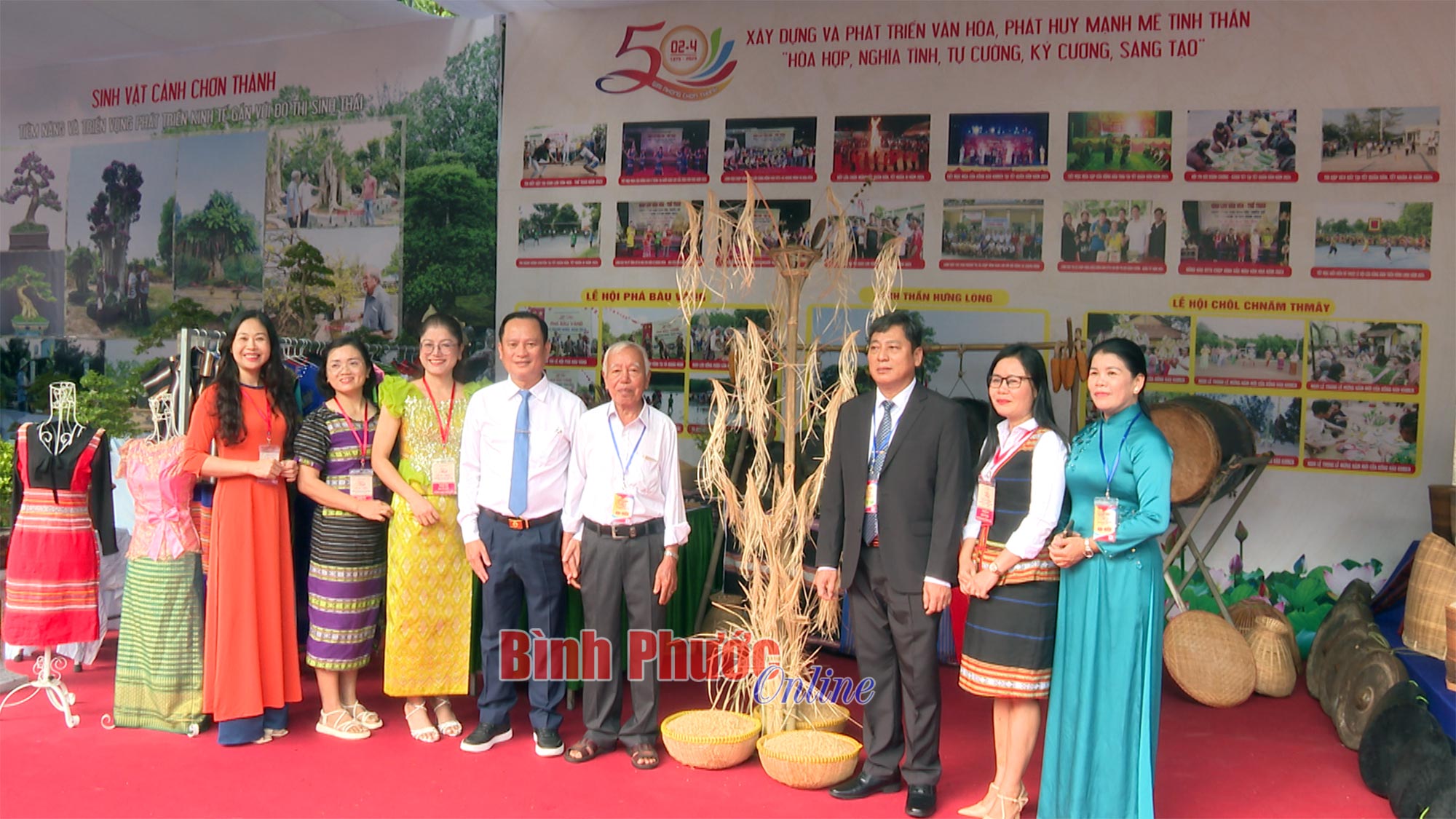
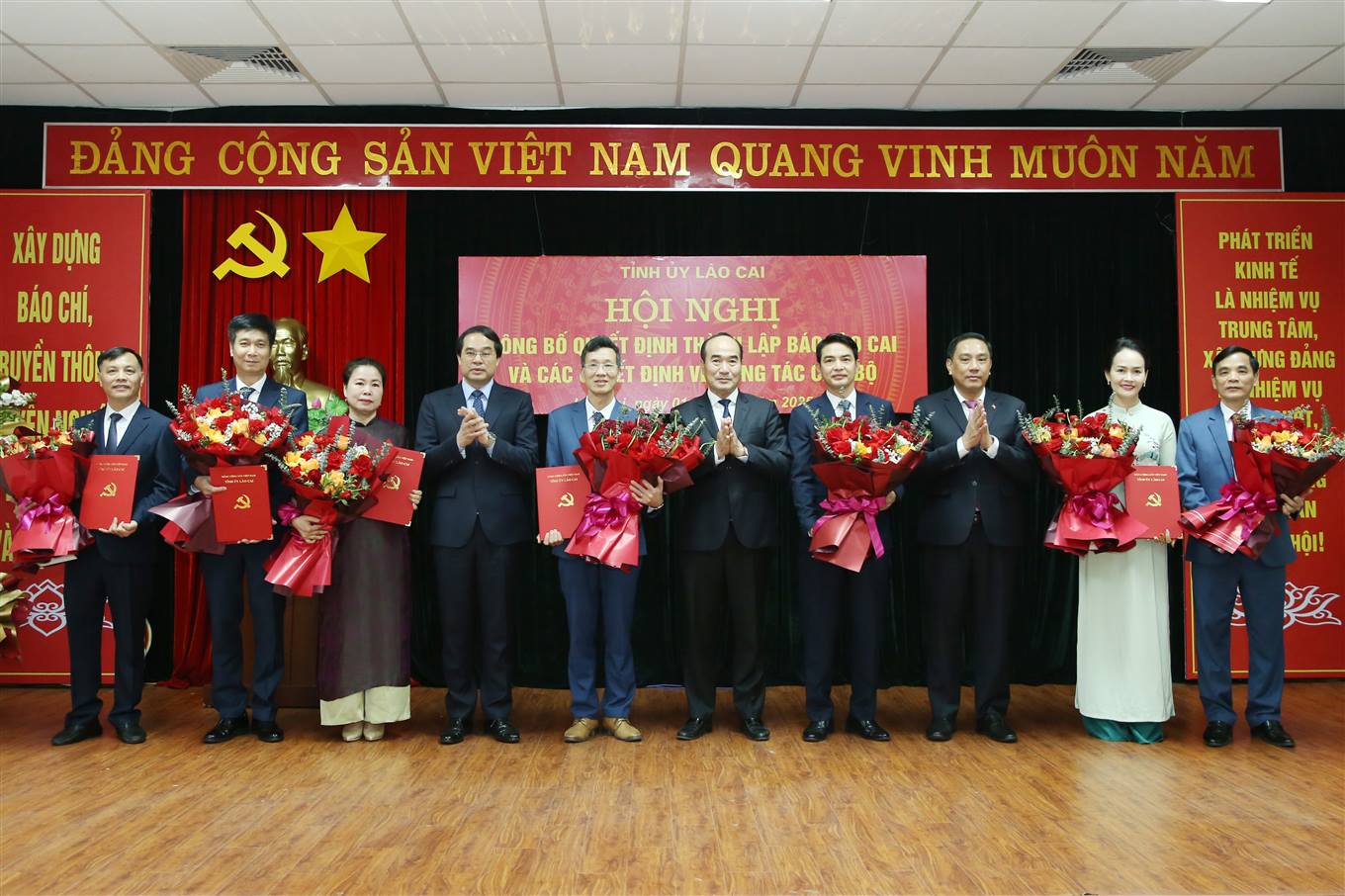

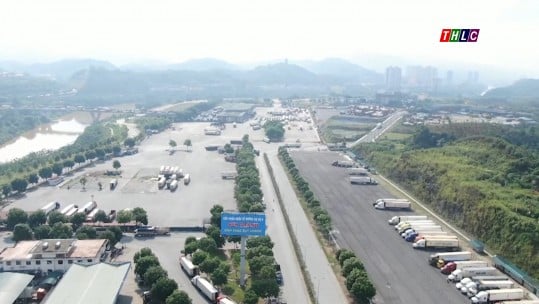
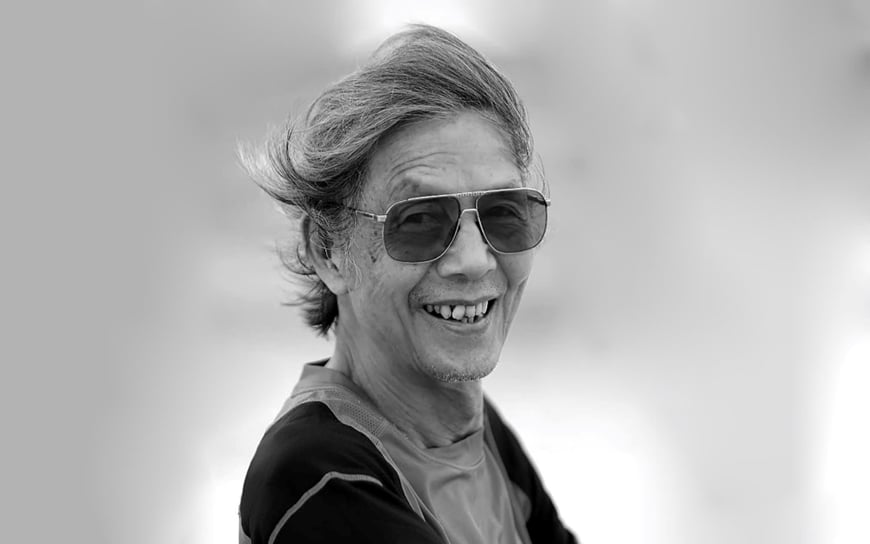
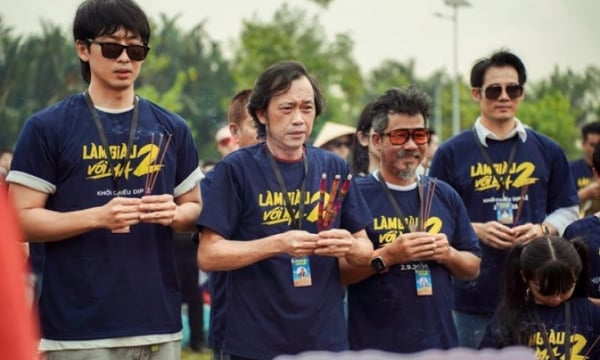




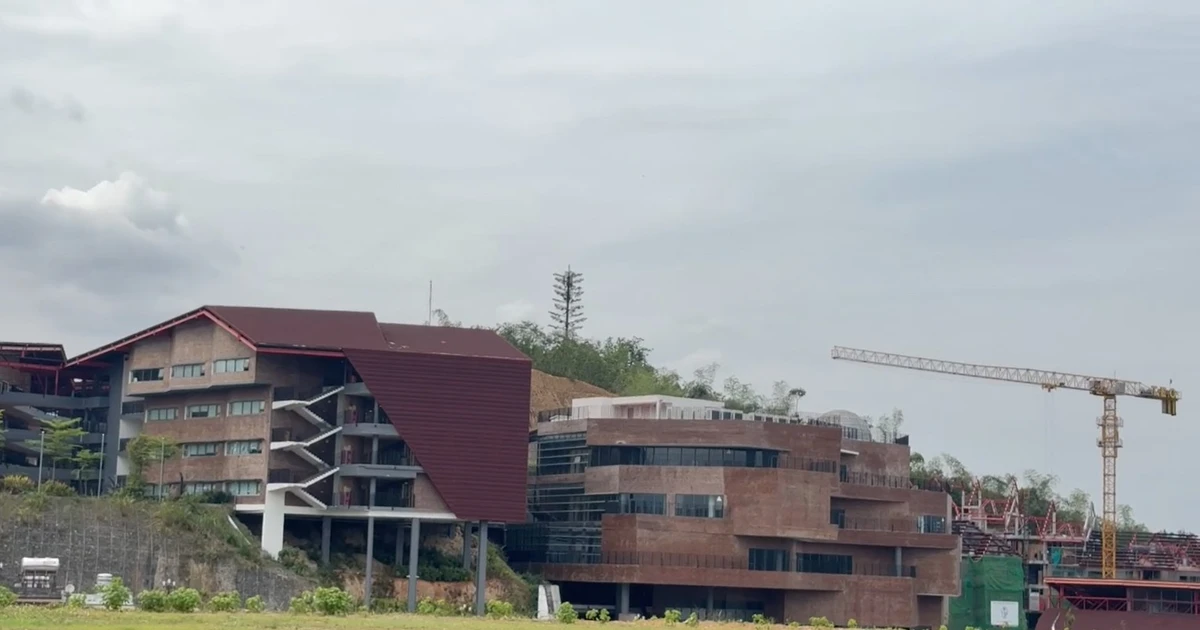
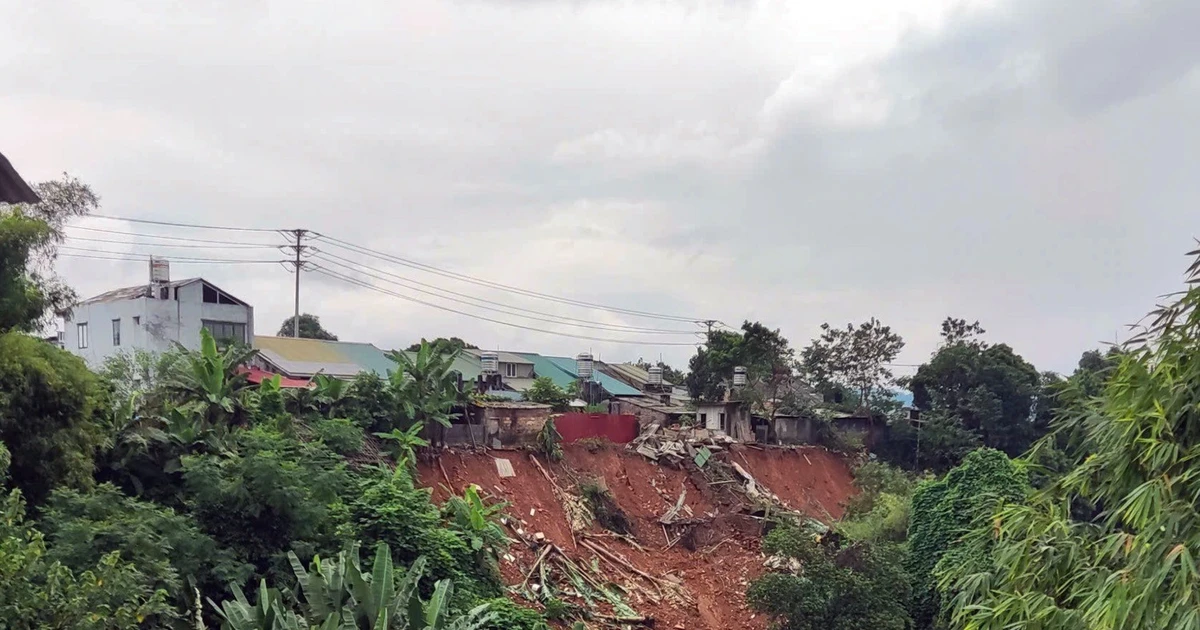
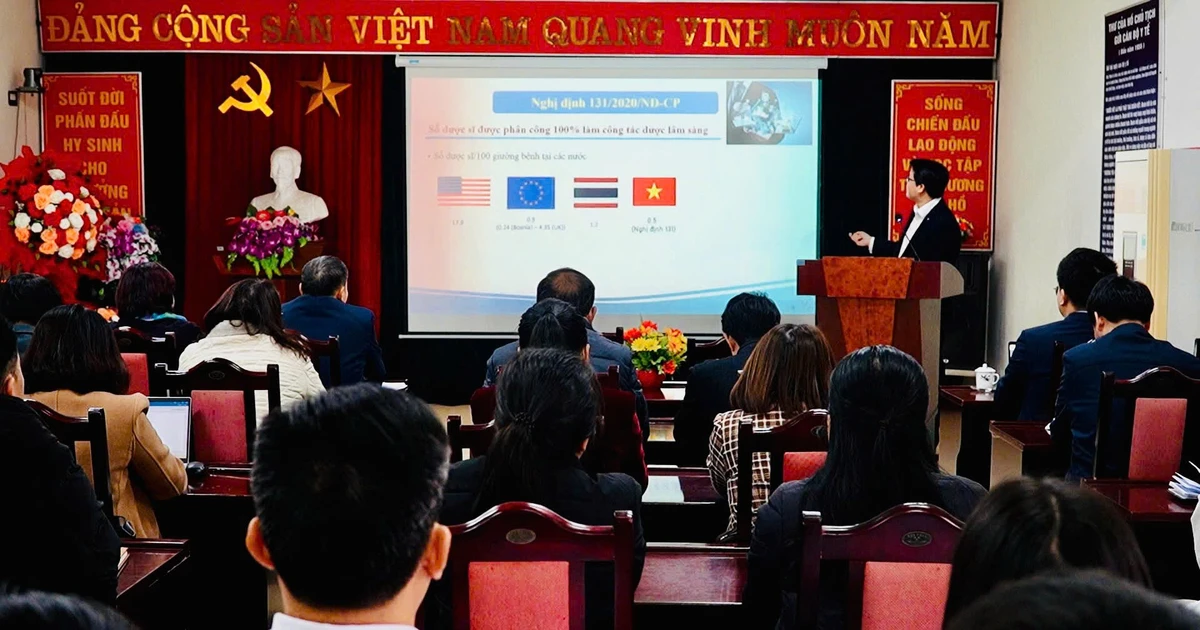
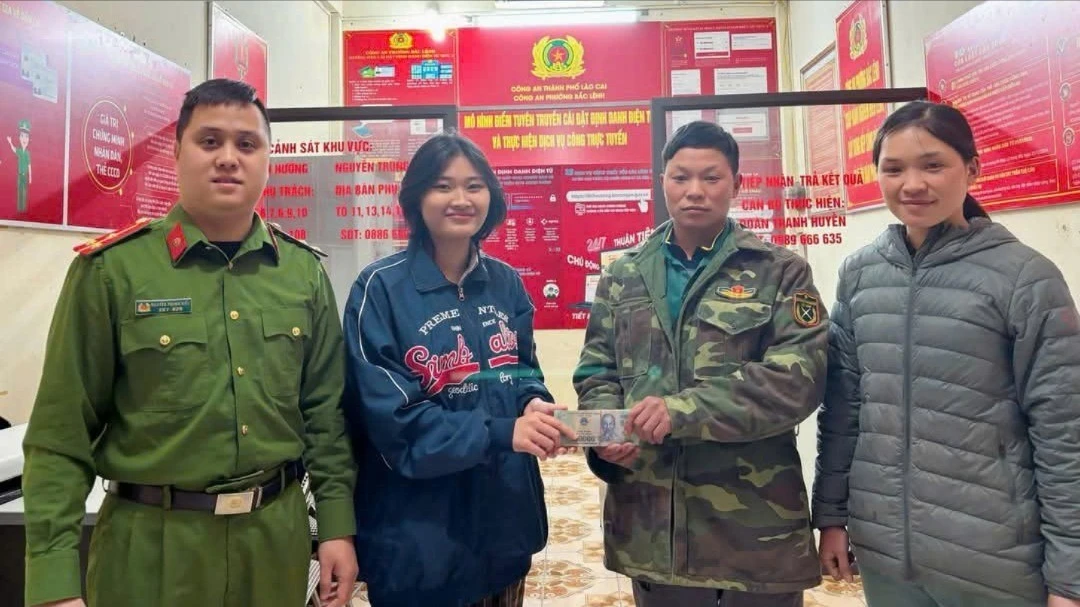
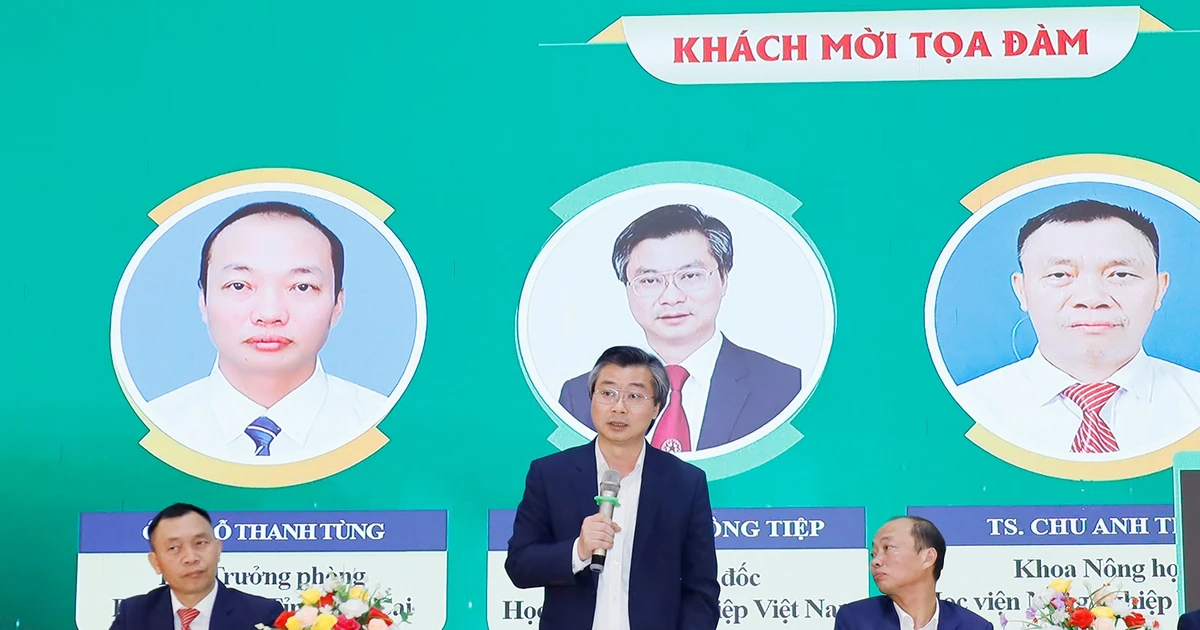































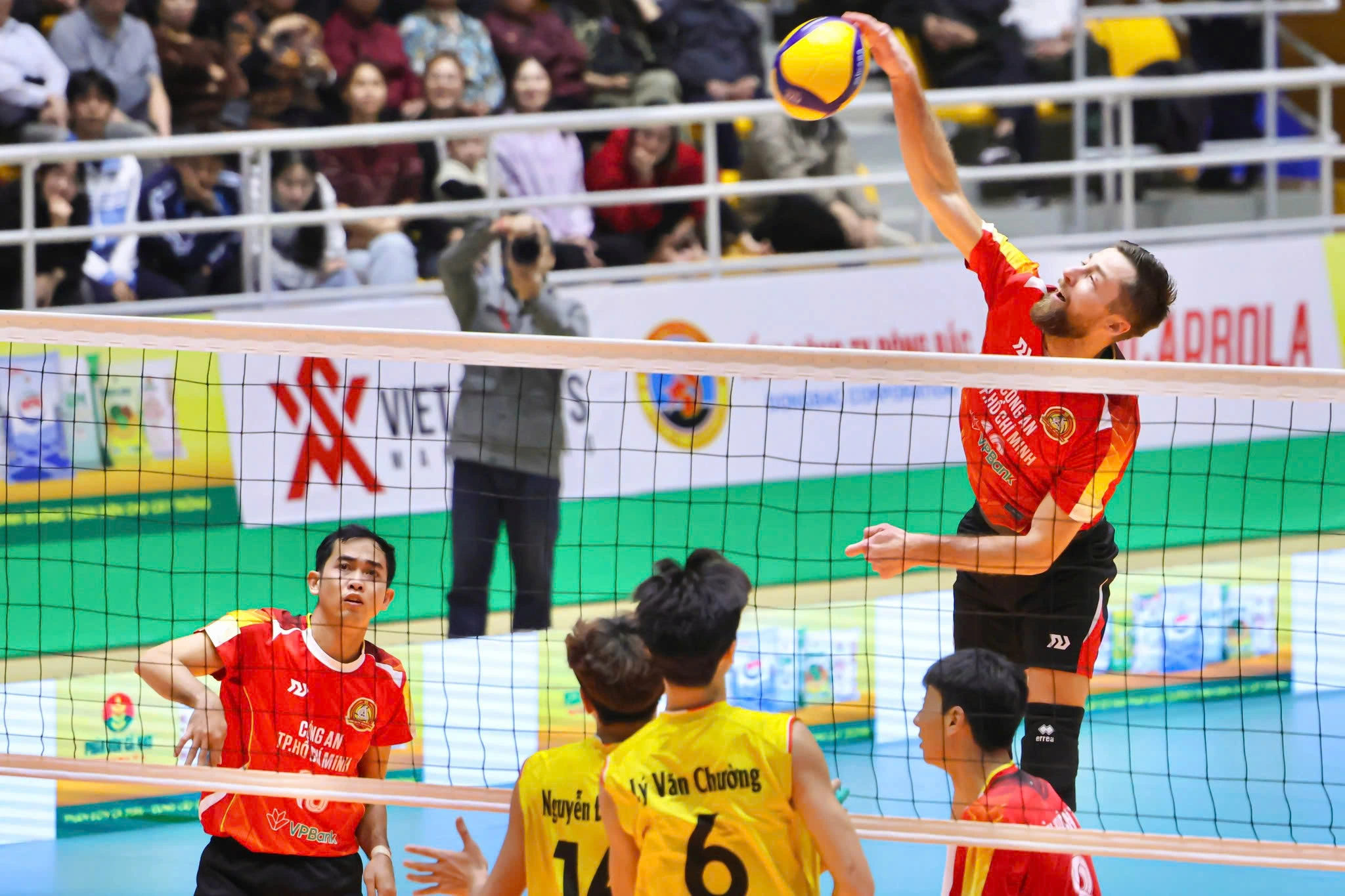


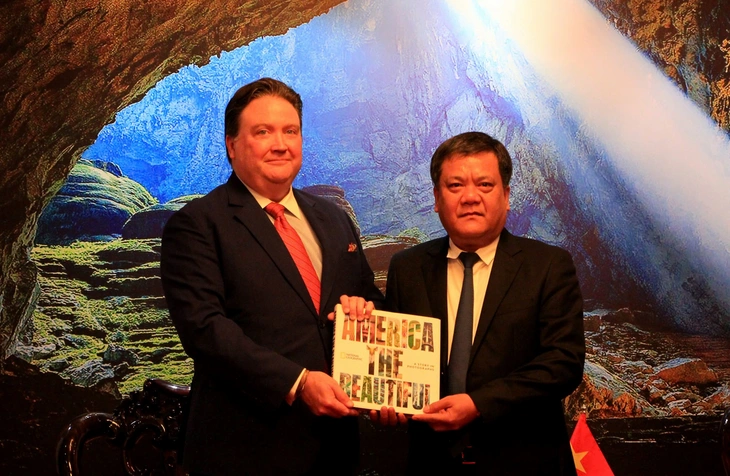



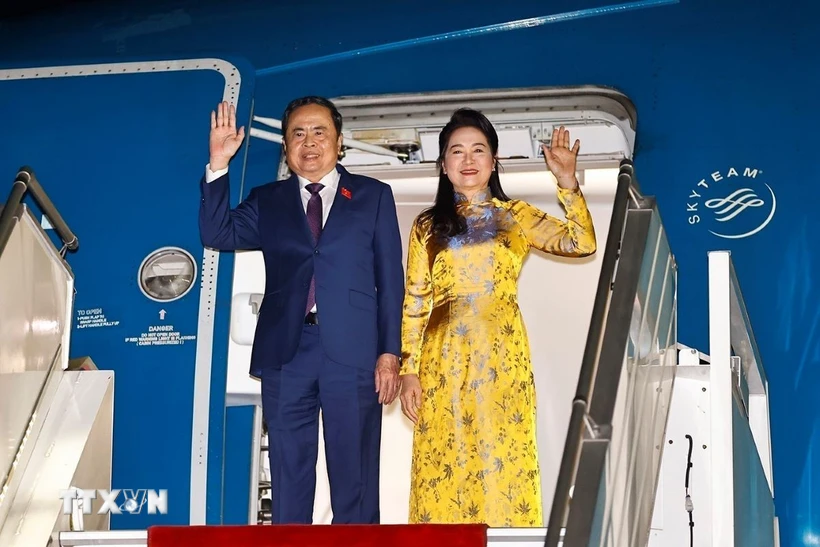



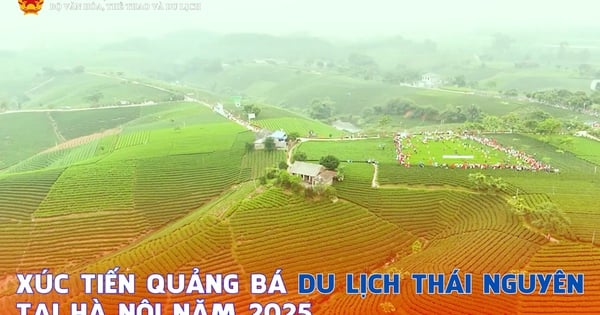


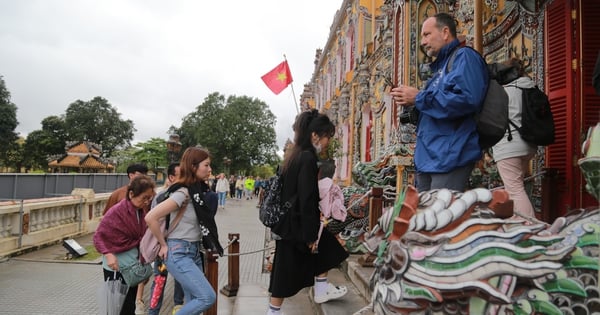


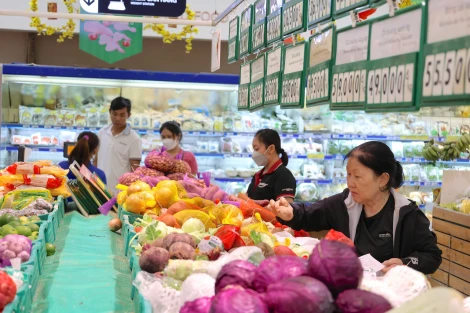

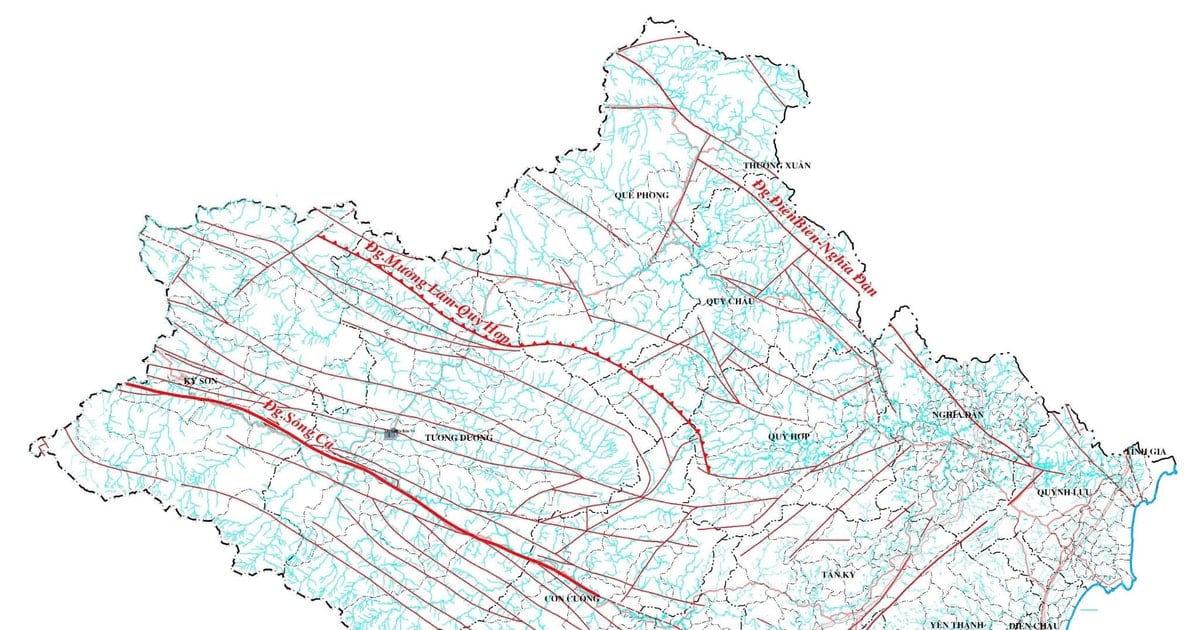



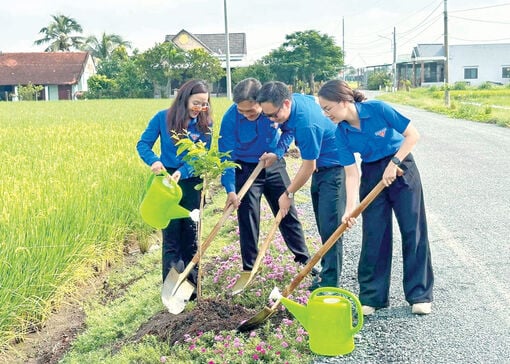

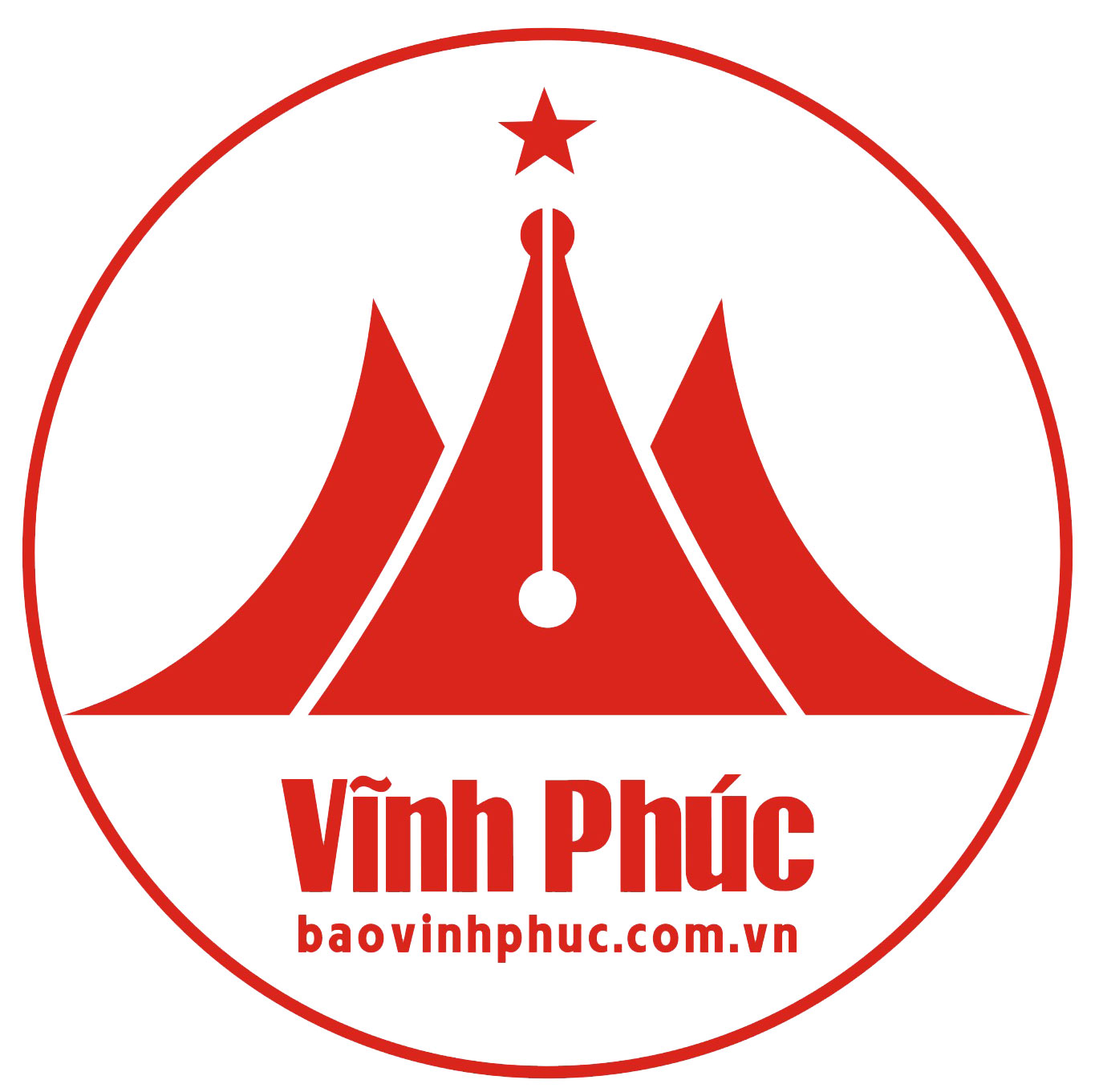











Comment (0)